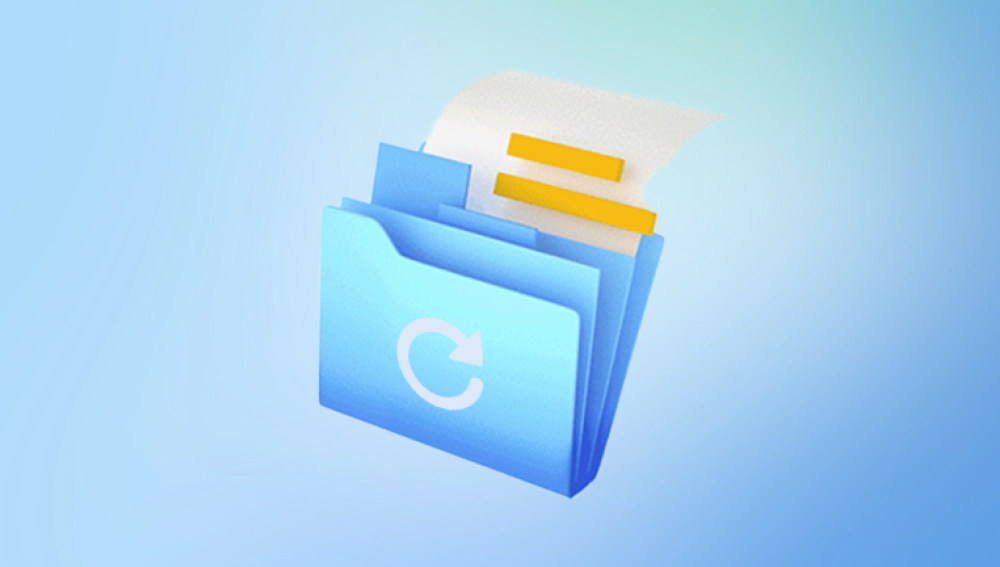In a world where digital documents are the norm for academic writing, business reports, personal journaling, and legal drafts, Microsoft Word stands as a pillar of productivity. It is one of the most popular word processing tools used by millions globally. But with this heavy reliance comes the occasional disaster: accidentally deleting a Word document. Whether it's a college essay, a critical contract, or a heartfelt letter, losing a Word file can cause panic and distress.
The file is moved to the Recycle Bin (on Windows) or Trash (on Mac).
When the Recycle Bin is emptied or a file is deleted using Shift + Delete, the space occupied by that file is marked as "available," but the data itself still exists until overwritten.
This makes data recovery possible as long as you don’t save new data to the same location that might overwrite the deleted document.

Top Deleted Word Document Recovery Software Tools
Below are some of the most reliable software tools for recovering deleted Word documents. These tools vary in price, features, and ease of use, but all have proven to be effective in restoring lost DOC and DOCX files.
1. Drecov Data Recovery
Overview
Drecov Data Recovery is an intuitive and powerful recovery tool designed to help users retrieve lost or deleted Word documents with minimal technical know-how. It's particularly useful for recovering files deleted from the Recycle Bin, lost in system crashes, or removed due to formatting.
Key Features
Supports recovery of DOC and DOCX files
Deep scan and quick scan modes
Recovers from hard drives, USBs, SD cards, and more
Easy-to-use interface with file preview
Compatible with Windows
How to Use
Download and install Drecov Data Recovery.
Select the drive or location where the file was deleted.
Choose a scan mode (Quick or Deep).
Preview the scanned files and select the Word document.
Click “Recover” and save it to a secure location.
Ideal For: Beginners, students, and professionals looking for a reliable all-in-one recovery tool.
2. Recuva (by CCleaner)
Overview
Recuva is one of the most well-known free recovery tools. Created by the makers of CCleaner, Recuva offers straightforward file recovery for Word documents and many other file types.
Key Features
Free to use (with optional Pro upgrade)
Quick and deep scanning options
File preview before recovery
Portable version available
Supports recovery from external drives
How to Use
Launch Recuva and choose the type of file to recover (Documents).
Specify the location (e.g., Recycle Bin or a specific folder).
Start the scan and browse the results.
Select your Word file and recover it.
Ideal For: Home users looking for a free and easy recovery solution.
3. EaseUS Data Recovery Wizard
Overview
EaseUS offers a professional-grade recovery solution with an intuitive interface. Its software supports a wide variety of file types, including all versions of Word documents.
Key Features
Supports over 1000 file types
Preview function before recovery
Recovers from formatted or deleted partitions
Offers cloud backup integration
Mac and Windows compatible
How to Use
Install and launch the software.
Choose the location where your file was deleted.
Initiate a scan (quick or deep).
Filter by DOC or DOCX, preview, and restore the needed file.
Ideal For: Professionals and users dealing with high-value or multiple lost files.
4. Disk Drill
Overview
Disk Drill is another leading data recovery software that supports Word document recovery across a range of storage devices.
Key Features
Intuitive user interface
Recovers over 400 file formats
Includes disk health monitoring tools
Works with NTFS, FAT, HFS+, and other formats
Mac and Windows versions available
How to Use
Launch Disk Drill and select the drive to scan.
Choose between quick and deep scans.
Use filters to locate Word documents.
Preview and recover the selected files.
Ideal For: Mac users or anyone looking for a recovery solution with added features.
5. Stellar Data Recovery
Overview
Stellar is a high-end data recovery tool with a specific focus on corrupted, deleted, or inaccessible files. It works exceptionally well for Word document recovery.
Key Features
Recovers data from hard drives, SSDs, USBs, and more
Handles corrupted and fragmented files
Offers advanced search filters
File preview available before saving
Enterprise solutions available
How to Use
Install Stellar Data Recovery.
Select the type of data to recover (Documents).
Choose the target drive and initiate a scan.
Select your deleted Word files, preview, and restore.
Ideal For: Businesses, IT professionals, and users with high-stakes document recovery needs.
Other Worthy Mentions
MiniTool Power Data Recovery – Great for beginners.
iBoysoft Data Recovery – Effective on macOS with support for NTFS-formatted drives.
R-Studio – For advanced users who want granular control over recovery.
PhotoRec/TestDisk – Free, open-source, and powerful—but with a less user-friendly interface.
Built-In Recovery Options in Microsoft Word
Before turning to external software, try Word’s native recovery features:
1. Check the Recycle Bin
If you didn’t use Shift + Delete:
Open the Recycle Bin.
Locate your deleted Word file.
Right-click and choose “Restore.”
2. AutoRecover
Word automatically saves backup copies at intervals.
Open Word.
Go to File > Info > Manage Document > Recover Unsaved Documents.
Browse and open the unsaved file and save it.
3. File History/Previous Versions (Windows)
If File History is enabled:
Right-click on the folder where the file was saved.
Select “Restore previous versions.”
Browse for a version that contains your deleted file.
How to Choose the Right Recovery Software
When selecting software, consider the following:
Ease of Use: Is the interface beginner-friendly?
File Support: Does it recover DOC and DOCX files?
Recovery Speed: Are scans fast and efficient?
Preview Functionality: Can you view the file before recovery?
Cost: Is there a free version or free trial?
Compatibility: Is it available for your OS (Windows/Mac)?
Tips to Increase Recovery Success
To maximize your chances of recovering a deleted Word document:
Act Quickly: Don’t save new files to the same drive—the data might be overwritten.
Avoid Installing Recovery Software on the Affected Drive: This prevents overwriting the lost file.
Use Deep Scan If Quick Scan Fails: Deep scans take longer but yield better results.
Recover to a Different Location: Always save recovered files to a separate drive or partition.
Preventing Future Word Document Loss
Once you’ve recovered your deleted Word file, it’s essential to take steps to prevent future loss:
1. Enable AutoSave (for Office 365 and OneDrive)
AutoSave saves your work every few seconds automatically.
2. Enable AutoRecover
In Word:
Go to File > Options > Save.
Enable “Save AutoRecover information every [x] minutes.”
3. Backup Regularly
Use tools like Windows File History, macOS Time Machine, or third-party backup software.
4. Use Cloud Storage
Save files to services like Google Drive, Dropbox, or OneDrive.
5. Avoid Unsafe Device Ejection
Don’t remove external drives without safely ejecting them.
Accidentally deleting a Word document doesn’t have to mean losing it forever. With today’s powerful data recovery software options, you can often retrieve lost files quickly and painlessly. Whether you choose Drecov Data Recovery for its simplicity, Recuva for its free access, or Stellar for professional-level recovery, there’s a tool for every need and skill level.




